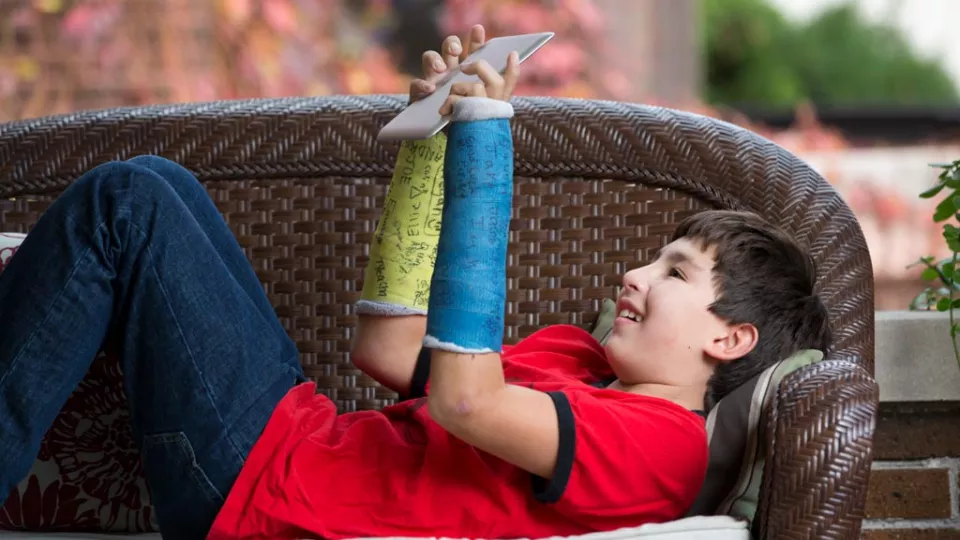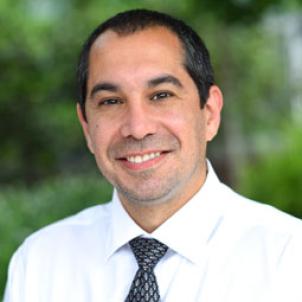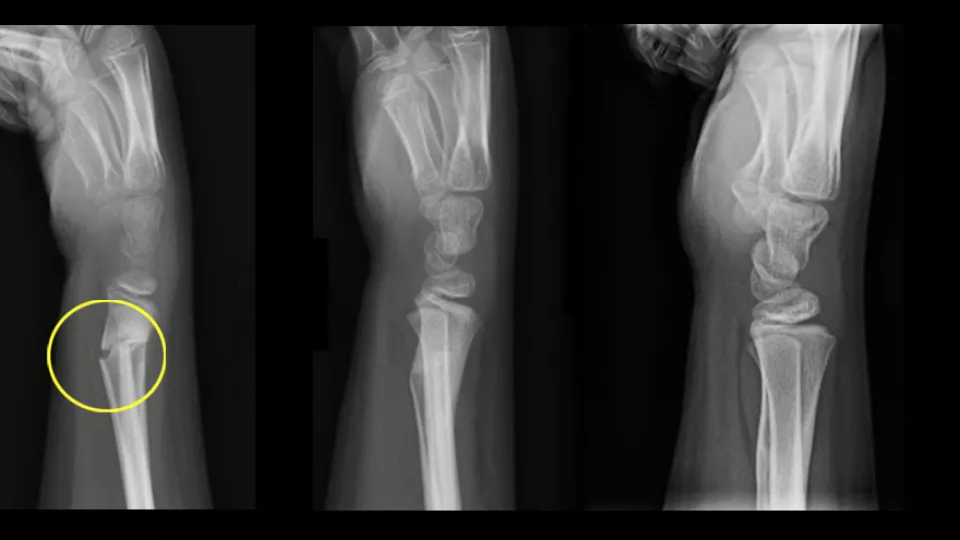
Why Your Child’s Broken Bone May Not Need to Be Set
From swinging on the jungle gym and learning how to ride a bike to trying new tricks on the skateboard and bouncing on a trampoline, children have endless energy—and that can lead to broken bones requiring medical care.
Approximately 1 in 3 children will break at least one bone during childhood. Although many fractures will require a reduction, in which the bone is pushed back into proper alignment before a cast is placed or while being casted, also known as setting the bone, there are some instances when the body could heal on its own, supported with the right care.

“When you are younger there are certain growth plates that contribute more growth to some bones than others, and this allows for a greater potential of remodeling,” explains Wesley Gretah, MSPA, PA-C, Physician Assistant in the Jackie and Gene Autry Orthopedic Center at Children’s Hospital Los Angeles.
For example, in children younger than 10 years old—the age at which many bones begin their journey to skeletal maturity—some distal radius fractures that are angulated less than 20 degrees fall into this category.
“But of course as you age, growth plates begin to close, and so does the window for the remodeling to take place,” adds Gretah.
A unique environment
In any case, the first thing parents should do if their child has been injured is to seek treatment immediately.
“We always want to see patients within one week of the fracture, and at most two weeks,” says Gretah, who helps run the Pediatric Fracture Clinic within CHLA's Orthopedic Center. “The two-week mark is when you start seeing a decent amount of healing and periosteal reaction around the injury and it begins to harden. If the injury isn’t treated quickly, the fracture may not heal properly and, in some cases, the bone may need to be surgically corrected at a later time to correct any deformity.”
The Fracture Clinic specializes in the full spectrum of broken bones, from the simple to the most complex, including expertise in growth plate fractures, which are unique to the pediatric population. Staffed by a team of pediatric orthopedic physician assistants, radiology technicians, and cast technicians, the Clinic handles all non-operative fractures—which account for nearly 95% of cases—while those requiring surgery are triaged to orthopedic surgeons.
“It’s a unique environment where we have multiple team members on hand to consult with so that we know we are providing the absolute best care for each child,” says Gretah. “It also allows us to see more patients in an efficient manner, which is crucial when it comes to fracture care.”

No lapse in care
Although walk-in and scheduled clinic appointments are available Monday through Friday, many patients come to the Fracture Clinic through CHLA’s Emergency Department, which is a Level 1 Pediatric Trauma Center. There, a consult is done and on-site treatment is performed, with follow-up care managed by the Fracture Clinic team a week later, which includes X-rays to ensure the fracture is healing in the right alignment.
The Fracture Clinic is a one-stop shop: Patients are fitted for their cast in a dedicated casting room, in-house occupational therapists help children master daily tasks, and orthotic specialists are on hand to supply custom-fitted crutches, boots and braces if needed. Once the bone has stabilized and fully healed, the cast is removed by technicians.
“From beginning to end, there is no lapse in care,” says Gretah.
The Pediatric Fracture Clinic at the Jackie and Gene Autry Orthopedic Center is open Monday through Friday, from 1 p.m. to 5 p.m. To make an appointment, call 323-361-2142.


